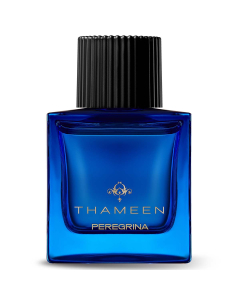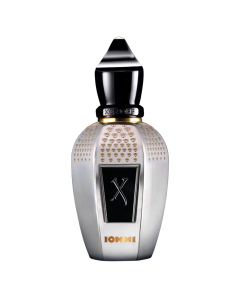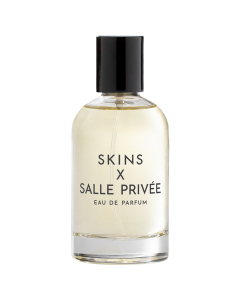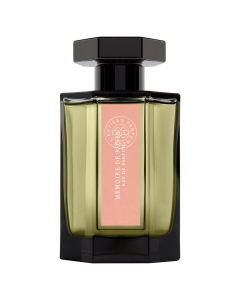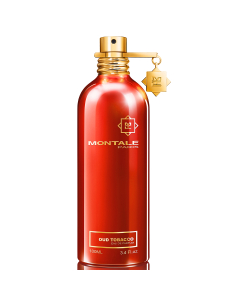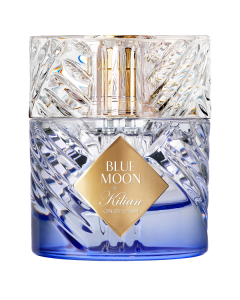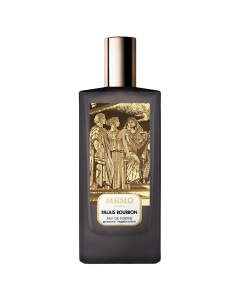Please note that we use cookies to offer you a better user experience, analyse site traffic, and better serve advertising. By continuing to use this website, you consent to the use of cookies in accordance with our Cookies Policy. Learn more.
Maison Francis Kurkdjian Aqua Celestia Cologne Forte 70ml
Bergamot from Calabria
Known for its fruity edge in Earl Grey tea, Citrus Bergamia is widely used in perfumery because its fresh, sparkling top notes bring a kind of "smile" to the perfume. Its oil is obtained by cold expression of the fruit's peel. Southern Italy specializes in the cultivation of this citrus fruit, used in the composition of eau de Cologne and of many women's and men's fragrances, with fresh, floral and aromatic facets unfolding and stretching all the way into the heart of the perfume.
Mimosa from Provence
Its bright yellow pompoms are the first to bloom in January on the Tanneron massif, near Grasse. If the plant is native to Australia, its Acacia dealbata variety used for perfumery has been grown in southern France since the 19th century. The absolute obtained exudes comfortable sunny, powdery notes, with many facets: almondy floral, violet-leaf green, honeyed, sweet spicy. Mimosa is a heart and base note.
Musks
Initially extracted from Tibetan musk deers, natural musk has been banned in perfumery since 1973. Synthetic molecules designed to replace it appeared at the end of the 19th century, so today there is a wide selection of musky notes with an olfactory palette ranging from fruity, to woody to animal facets. Musks are very persistent and relatively non-volatile base notes. With their inimitable mellowness highly appreciated by the general public, today musky notes are present in the vast majority of women's and men's perfumes.
Blackcurrant Buds from Burgundy
This is an expensive ingredient but one of the rare naturally obtained fruity scents. The Burgundy region, which specializes in growing blackcurrants (Ribes nigrum) to make blackcurrant liqueur, is the sole supplier. The buds are harvested in winter before extraction with volatile solvents to give a multi-faceted absolute - green, sparkling, tangy, fruity - that blends perfectly with flowers. It is used in the top and heart notes of a fragrance.
Jasmine from Egypt
Known by its Latin name as jasminum grandiflorum, the jasmine used in perfumery is surprisingly potent and multi-faceted, ranging from orangey-floral, solar, fruity (banana, strawberry, apricot), to animalic and spicy. Jasmine has an astonishingly complex structure for such a fragile flower that needs to be harvested very early in the morning before the sun spoils its fragrance. Its scent can only be extracted with volatile solvents and is very expensive due to its low yield of essential oil. Its kaleidoscope of nuances blends perfectly with other flowers as well as woods or oriental accords.



